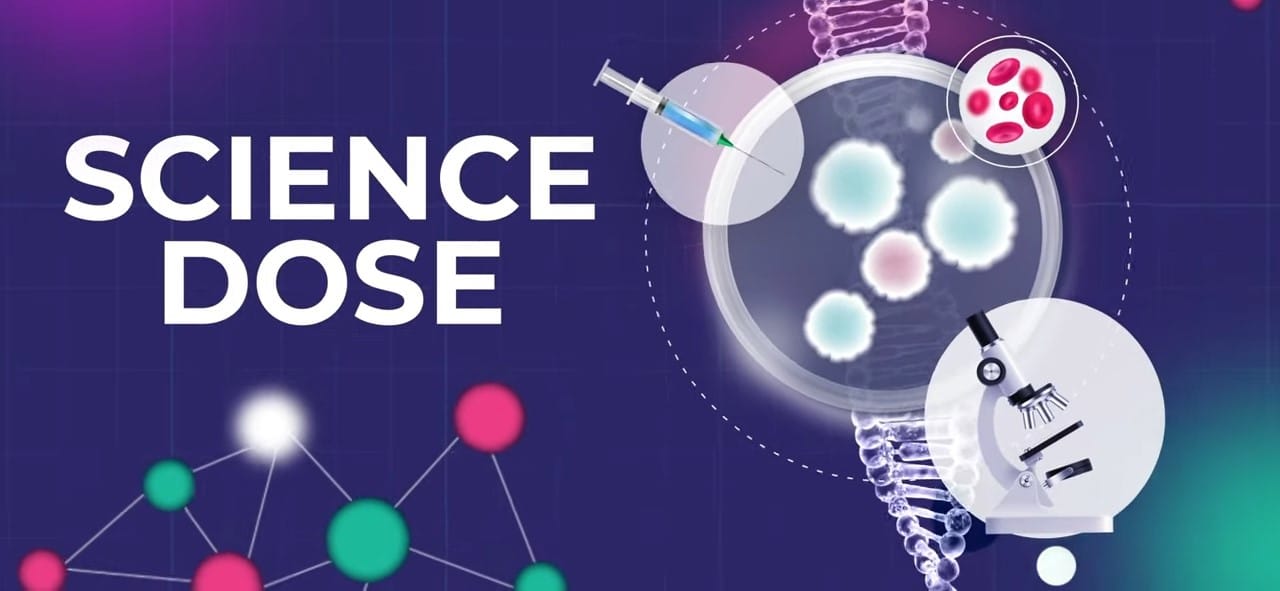Prof. Didi Fabian, a senior ocular oncologist at Sheba’s Goldschleger Eye Institute and Director of Sheba Global Ophthalmology, recently delved into retinoblastoma, an eye cancer primarily affecting young children. Emerging from genetic mutations within the retina, this condition is detectable and treatable, particularly in high-income regions where survival rates approach 100%. However, in areas with restricted healthcare access, global statistics and survival rates vary considerably.
Types of Retinoblastoma
Retinoblastoma can manifest in two main forms: germline and non-germline. Germline cases involve genetic mutations predisposing individuals to the disease, while non-germline cases occur spontaneously during a child’s development.
Familial vs. Non-Familial Cases
Familial retinoblastoma occurs in families with a history of the condition, signifying a hereditary predisposition. This form stems from inherited mutations in the RB1 gene, responsible for regulating cell growth. In contrast, non-familial cases develop without a family history, with mutations occurring spontaneously.
Treatment Options
Despite the complexity of retinoblastoma, advancements in diagnostics and treatments offer promising outcomes. From surgical interventions like enucleation for severe cases, to laser therapies such as photocoagulation for milder cases, modern medicine aims to eradicate these cancer cells while preserving vision and minimizing long-term effects.
Overall, retinoblastoma management emphasizes early detection and comprehensive treatment strategies to ensure optimal outcomes for affected children globally.





